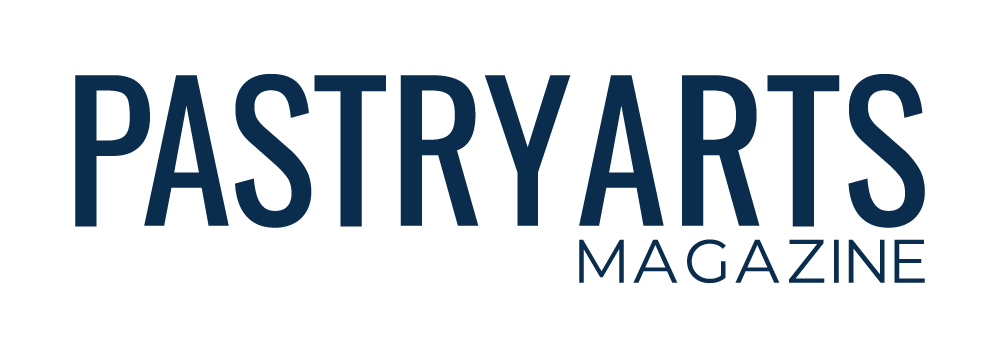(This article appeared in the Fall 2021 issue of Pastry Arts Magazine)
Associate Professor, International Baking and Pastry Institute, Johnson & Wales University, Providence, RI
Richard Miscovich teaches bread baking at the Johnson and Wales College of Food Innovation and Technology in Rhode Island and at the King Arthur School of Baking in Vermont. His students are aspiring or current professionals and home bakers, and Miscovich enjoys helping them achieve their goals. He is a founding member of the Bread Baker’s Guild of America and author of the acclaimed From the Wood-Fired Oven (Chelsea Green Publishing, 2013) in which he details the methodology and benefits of wood- fired baking and cooking. Miscovich is passionate about every detail of bread production, from grain growth to the appearance and flavor of baked bread. Here, he discusses teaching, communication, wood-fired ovens, and future trends in the bread world.
 What drew you to teaching? How would you characterize your teaching style?
What drew you to teaching? How would you characterize your teaching style?
I was fortunate to work at a bakery with an education center at King Arthur Baking. Here there would be affluent people and people who were in a different economic strata. And people who were conservative and people who were liberal. And men and women. And all kinds of different backgrounds. And they always blended together. And I thought, this subject matter is an equalizer. Teaching also opened up my schedule so I could explore other parts of the baking world. I had a wood-fired oven that I had built and baked in in North Carolina before I moved to Vermont; it allowed me to get back there during the summertime. To me, that was a big part of it; I was able to write a book because of my schedule.
There are a lot of different teaching styles. I don’t want to give anyone a hard time. I want them to feel comfortable. You can ask [the student] a rhetorical question like, ‘Do you really want to pour that in at this point?’ or ‘Have you read the methodology at this step?’ or ‘Why are you combining these ingredients at this time?’ – something like that. There are different ways of doing it. It sounds kind of snarky out of context, but it’s not. It’s critical thinking, instead of saying, ‘Oh, you’re messing up.’ We try to step them through the process. It might be a dough handling issue, it might be the way that they are standing. My approach is, if I do all this critical thinking, step through, and then say ‘stop it,’ people notice. There’s a lot more power in that than having a tyrant run around the kitchen coming up with stuff to give people a hard time.
You have a degree in English. How has that benefitted your career?
 I do think the degree was useful for me, but I’m uncomfortable saying that’s what everyone should have. Because a lot of people have a lot of experience in a lot of different parts of the food service industry that I don’t have because I was in college. Recipes and formulas, that is maybe the essence of being able to communicate well. You have to be succinct; you have to know your audience. Am I writing this recipe methodology for a home baker? Or am I writing it for a professional baker for whom all I need to say is ‘steam three seconds’, while with the other one I might need to explain what that is? I tried to write that book with some color and depth.
I do think the degree was useful for me, but I’m uncomfortable saying that’s what everyone should have. Because a lot of people have a lot of experience in a lot of different parts of the food service industry that I don’t have because I was in college. Recipes and formulas, that is maybe the essence of being able to communicate well. You have to be succinct; you have to know your audience. Am I writing this recipe methodology for a home baker? Or am I writing it for a professional baker for whom all I need to say is ‘steam three seconds’, while with the other one I might need to explain what that is? I tried to write that book with some color and depth.
Making bread can be complex. How do you effectively communicate the process to people with little or no experience?
It needs to be simplified as much as possible. In a way, we can control all variables. For example, we can control dough temperature, more or less. We can control the speed of fermentation, we can control the ratio of pre-fermented flour. Ideal dough temperature might be 78 degrees F. If it’s a couple of degrees more than that it’s not a big deal, and if it’s a couple of degrees lower it’s going to go slower, just like we do sometimes, in the wintertime, move a little bit more slowly, and in the summer be a little bit more active. But if it’s 20 degrees higher, that’s bad. What if our body temperature was much higher than it should be?
The dough is like a puppy. We need to make it do what we want it to do; but we also need to realize that it needs water, and food, and exercise, and fresh air. It needs certain things and it’s our responsibility to give it that in the proper proportion at the proper time at the proper temperature. We want to start out in control and then respond when things start to get a little bit less controlled. You have less control over bread than you do over most things we eat. A salad, for example, we should have control over that because it’s inert. The dough continues to change. And then we are responsible for taking care of it.
How did you come to master wood-fired baking?
 I built my first wood-fired oven in North Carolina. Wood-fired ovens have fire that you can cook with when there’s a fire going, but if you’re baking, then you take out that fire, it cools to a proper temperature, and you bake with retained heat. The cooking is from all top, bottom, and sides. You can hear the fire pop, you can smell the smoke. It actually flavors the food. With retained heat baking, you take that fire out, there’s no more fire in there. But it’s still a very active place. It depends on if you have the door open, or if you’re trying to cool it down a little bit. There’s a flavor in there, there’s a certain environment that I think affects the flavor of the bread.
I built my first wood-fired oven in North Carolina. Wood-fired ovens have fire that you can cook with when there’s a fire going, but if you’re baking, then you take out that fire, it cools to a proper temperature, and you bake with retained heat. The cooking is from all top, bottom, and sides. You can hear the fire pop, you can smell the smoke. It actually flavors the food. With retained heat baking, you take that fire out, there’s no more fire in there. But it’s still a very active place. It depends on if you have the door open, or if you’re trying to cool it down a little bit. There’s a flavor in there, there’s a certain environment that I think affects the flavor of the bread.
Do you have favorites when it comes to specific techniques, ingredients, or types of bread?
As I bake longer and longer into my life, I mix a lot less and ferment a lot more. Much gentler shaping, more folding. There are people who only want whole grain breads, naturally leavened sourdough breads, anything else is just terrible. But I work in this educational facility where we have to make all kinds of breads, including white breads. I like pain de mie, which is French sandwich bread. I also make it with whole grain flour, but I like both kinds. I think, ‘What about someone in Iowa who’s just trying to make sandwich bread for their kids? They can’t get any local grains, and if they got them, and they weren’t milled, what would they do then?’ I try to be a contrarian in these whole grained, naturally leavened conversations.
 What’s your favorite type of bread to eat?
What’s your favorite type of bread to eat?
A sourdough bread called miche. There’s a particular one that I learned from James MacGuire, who is this great baker and chef from Montreal. You make a two-kilo loaf with a sifted whole grain flour – it’s not a very acidic flavor profile. It’s kind of like table bread. It stays fresh for a long time because it’s so big. If I had just one bread that I could have again, it would be the miche I learned from James MacGuire. It’s whole grain wheat flour that’s sifted, and then completely naturally leavened. It’s not retarded or refrigerated. It yields a nice crust, a crumb that’s open but not crazy open. You can use this. It’s utilitarian. It’s also beautiful.
What are the coming trends for bread?
Regional grain systems will continue to get attention. The whole regional grain movement in general, I think, is at that point. The problem is it’s still stratified socioeconomically; hopefully organizations are recognizing that there are communities that also need to have this type of influence. A lot of people gain access to this food that the American food system is providing; we just have to be careful that it’s egalitarian.
There’s a loaf of bread that was developed in cooperation with the King Arthur Bakery and the Washington State Bread lab – it’s called the Approachable Loaf. It’s made in artisan bakeries, and it just has flour, water, yeast, salt, oil and honey in it. A lot of people sell that at a reduced profit margin, so that the industry is moving forward and getting this bread out to people who might not ordinarily buy it. There are bread clubs (there is a huge one out in the Pacific Northwest) where all these home bakers get together, bake bread, bring it together, slice it, bag it, and distribute it to people who need food. People love that bread.





You must be logged in to post a comment.